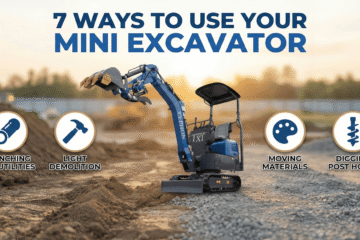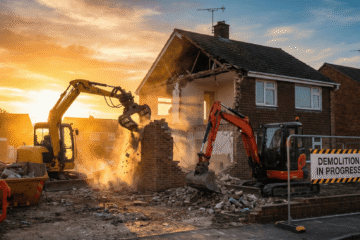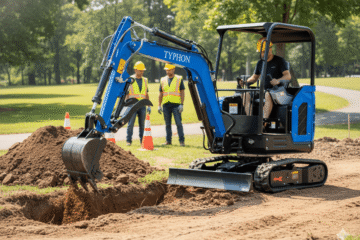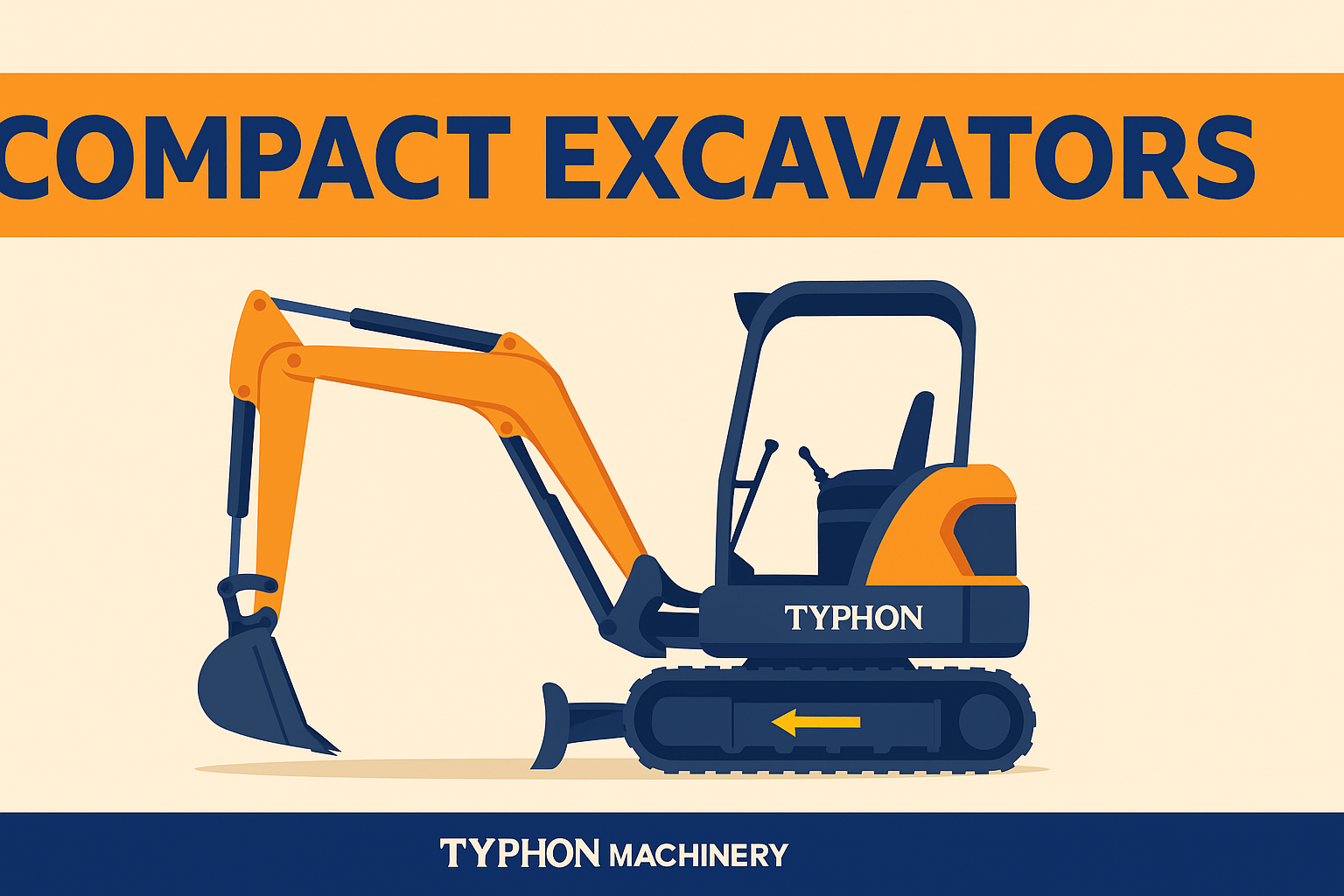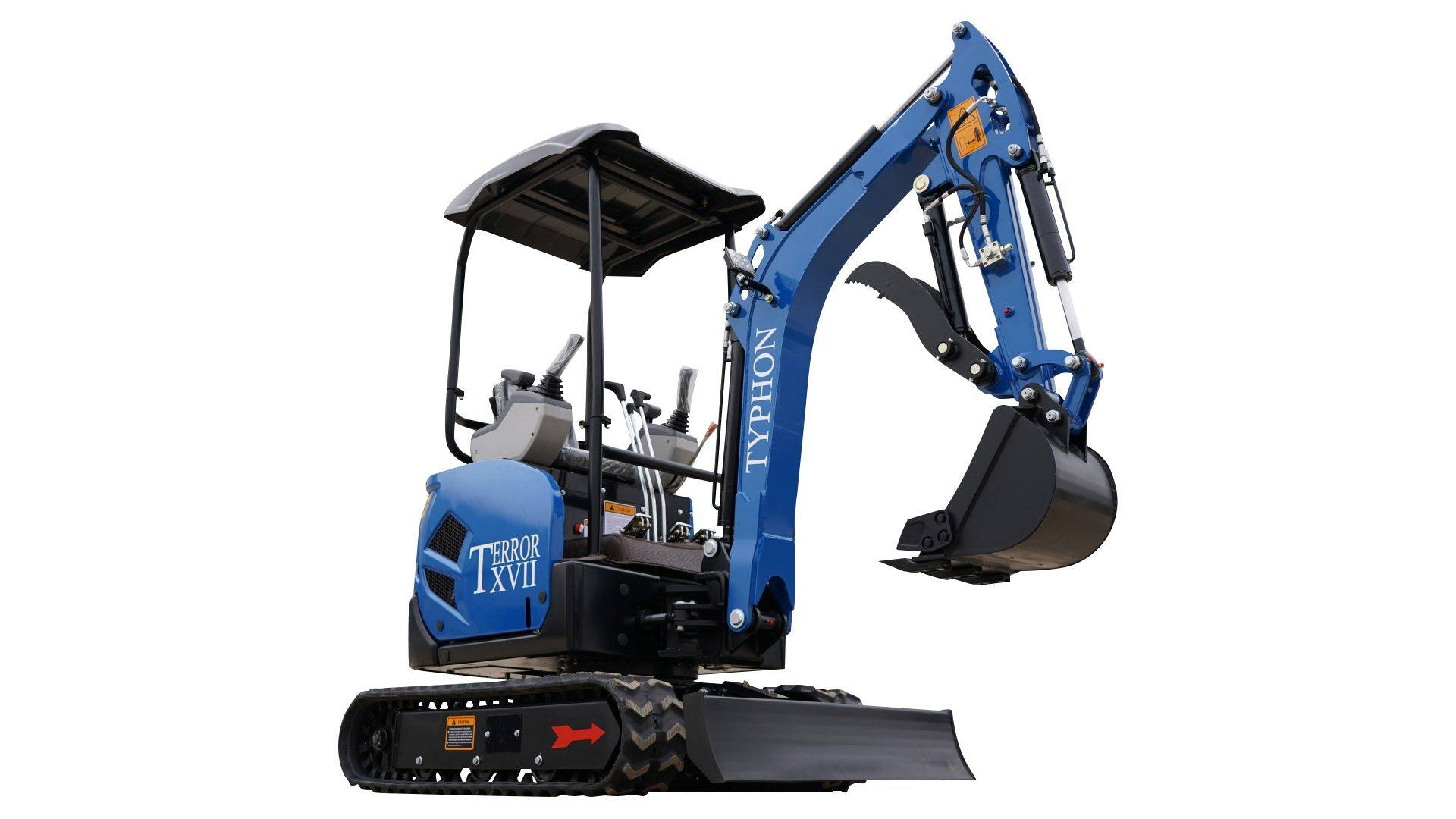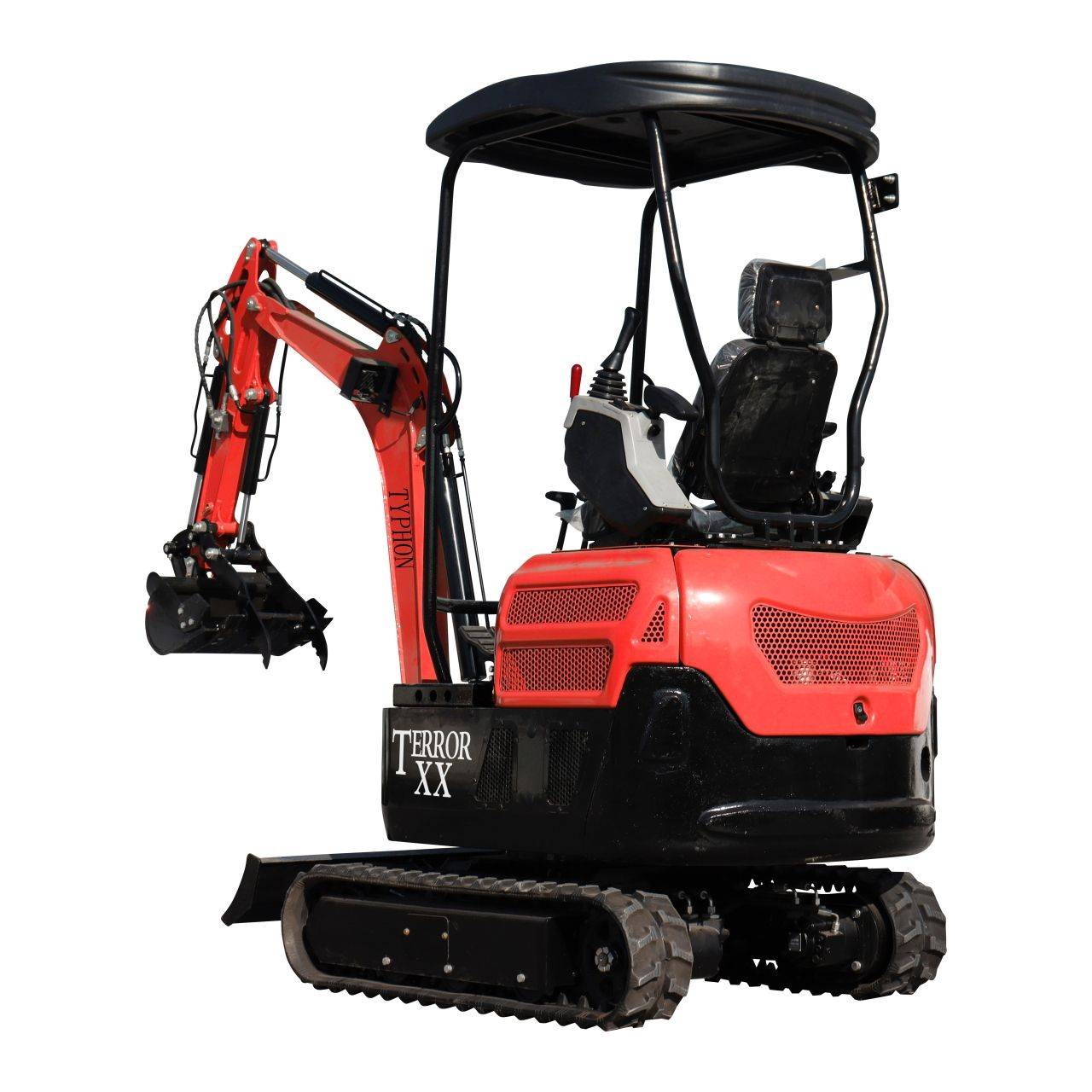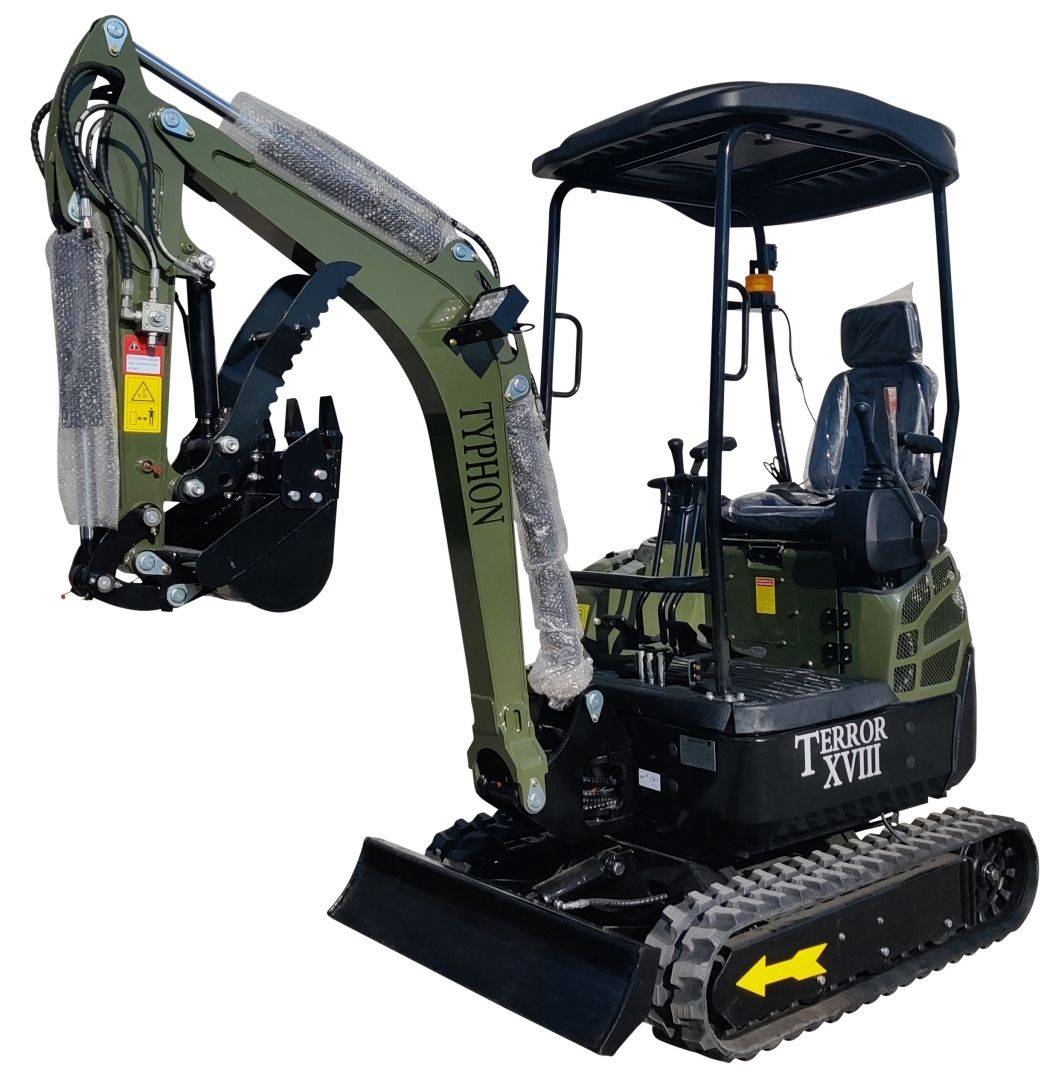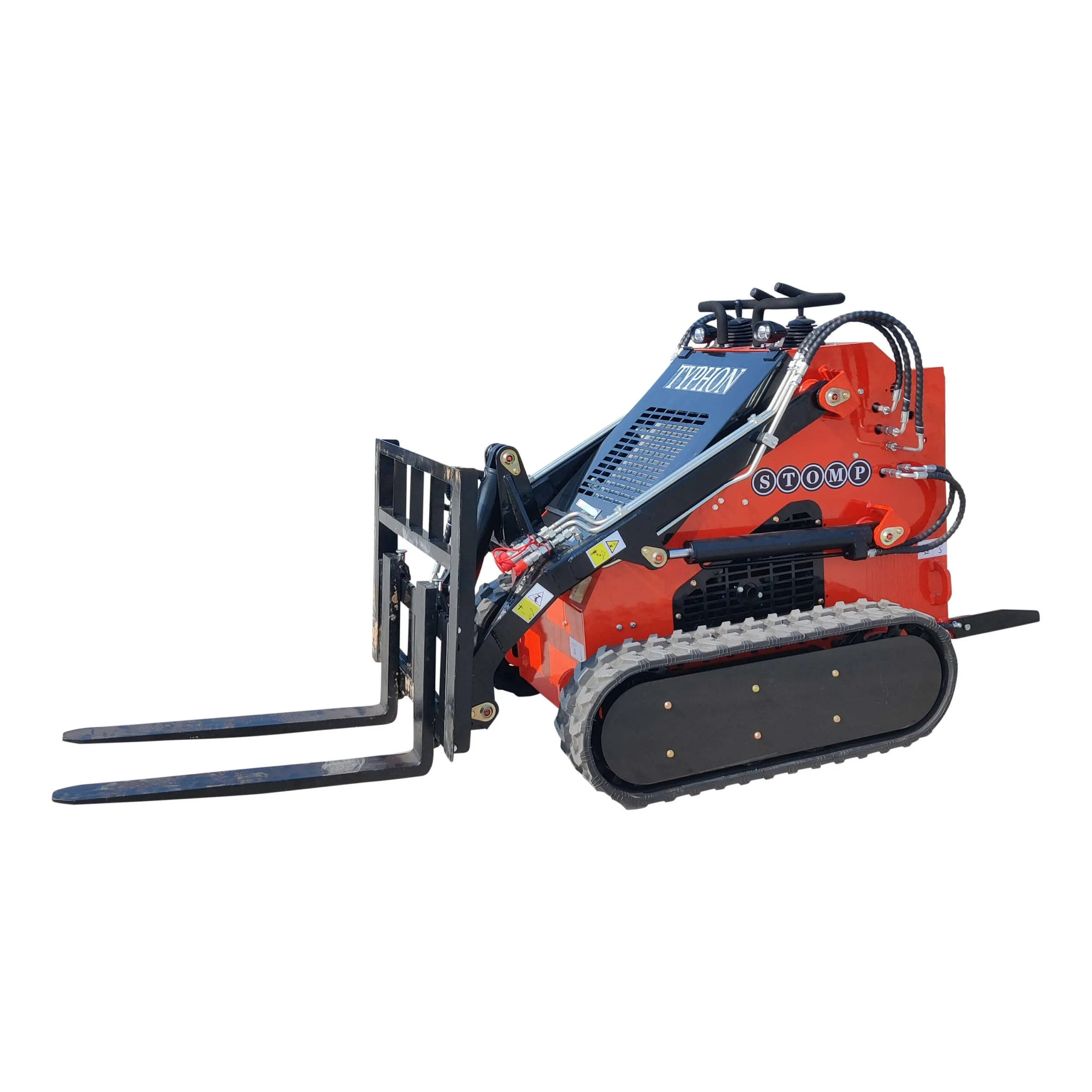
How Deep Does a Roller Compactor Really Compact?
Unveiling the Depth: How Deep Does a Roller Compactor Really Compact?
The equipment you employ for building and fixing roads may make a big impact. The roller compactor is one of these tools that is quite important. But have you ever thought about how much it can compress things? Engineers and contractors both need to know what a roller compactor can really do.
It’s not enough to merely smooth the surfaces; you also need to make sure the foundation below is as dense and stable as possible. In this post, we’ll talk about how roller compactors work and what affects how deep they can compact.
If you know what your tools can and can’t do, you can get better and longer-lasting results when you pave a new road or get a site ready for development. Come with us as we show you how deep compaction may go and why roller compactors are such an important instrument in the construction business.
Understanding Roller Compactors
In building, roller compactors are very important since they compress and flatten surfaces to make them as dense and stable as possible. These machines have big drums that put a lot of pressure on the ground, which efficiently compacts the materials underneath.
The main job of a roller compactor is to move dirt and aggregate particles around, which makes the material denser and reduces the amount of air that can get into it.
The basic idea behind roller compactors is simple yet very effective. These devices use mechanical force to move the particles in the soil or asphalt around, which makes them settle into a more stable and compact shape.
Not only does this technique make the surface stronger, but it also reduces the chances of problems like settling and subsidence, which can damage the building.
Roller compactors may look simple, but they come in a range of styles and specifications, each intended for a certain job in the construction industry. From the light single-drum rollers used for minor landscaping projects to the heavy-duty double-drum variants employed in highway construction, the diversity of roller compactors ensures that there is a suitable machine for every application. To choose the proper compactor for a job, you need to know how these devices work.
The Mechanics of Compaction
To really understand what roller compactors can do, you need to learn about how compaction works. Compaction is basically the process of making a substance denser by getting rid of the empty spaces between its particles. This is done by using mechanical force, which is what roller compactors do best.
Roller compactors work by rolling over the surface that has to be compacted. The large drums on the compactors push down on the material underneath. The drum’s weight and the vibrating movement of certain versions create a force that moves the particles around in the substance. This force pushes air and moisture out, which makes the particles come together more tightly.
Vibratory compactors, in particular, use vibrations to create a dynamic force that speeds up the compaction process. These vibrations go deeper into the material, making sure that the surface is more evenly compacted.
Roller compactors use both static pressure and dynamic force to make surfaces and foundations that are more stable and dense. This makes them essential for building strong foundations and surfaces.
Factors Influencing Compaction Depth
There are a number of things that affect how deep a roller compactor can successfully compact materials. The sort of material being compressed is one of the most important things to think about. Different materials resist compaction to different degrees, which can change how deep the compaction is.
The kind of soil has a big impact on how deep it may be compacted. Clay and other cohesive soils tend to compress more easily than sand and other granular soils. The amount of moisture in the soil also affects how deep it may be compacted. Wet soils are easier to compact than dry ones.
Also, big boulders or pebbles in the soil might make it harder for the roller compactor to crush the soil, which limits how deep it can go.
The roller compactor’s design and weight are also very important. Heavier machines with bigger drums may put more pressure on the surface, which makes the compaction go deeper.
Vibratory compactors may typically compact materials to greater depths than static rollers because they can send dynamic forces into the material. The pace at which the compactor is used might also affect how well the compaction process works.
Types of Roller Compactors and Their Applications
There are several varieties of roller compactors, each made for a certain job in the building business. Smooth drum rollers, padfoot rollers, and pneumatic rollers are the most prevalent varieties. Each has its own benefits depending on the type of job.
The most common form of roller compactor is the smooth drum roller. These machines are great for compacting asphalt and granular soils since they have a smooth, cylindrical drum.
They are the best solution for road building and other large-scale paving projects since their shape makes it easy to compress flat areas.
But padfoot rollers have a drum with pads or feet sticking out of it. These pads make it easier for the padfoot rollers to grip the ground and dig into it, which makes them great for compacting clay and other cohesive soils. The pads assist break up clumps of dirt and make sure that the ground is compacted more deeply, which is important for building foundations and embankments.
Pneumatic rollers, or rubber-tired rollers, use a set of rubber tires instead of a solid drum. You may use these rollers for a lot of different things, including compacting asphalt and dirt.
Because the rubber tires are flexible, pneumatic rollers can work on uneven surfaces and condense them evenly on all types of terrain. Because they can spread weight uniformly, they are good for finishing surfaces and getting a smooth final coating.
Measuring Compaction Depth: Techniques and Tools
Measuring how deep a roller compactor can compact the ground is an important step in making sure that the surface is stable and of good quality. There are many different ways and methods to measure compaction depth, and each one gives us a different view of how well the compaction process works.
Using nuclear density gauges is a popular way to measure how deep the compaction is. These tools use radioactive isotopes to find out how dense the material is when it is compressed.
Nuclear density gauges provide engineers precise measurements of material density by sending out gamma rays and measuring how they bounce back. This lets them figure out how deep the compaction was. Many people utilize this strategy since it is accurate and dependable.
Another method uses penetrometers to find out how resistant the soil is to penetration. You may use penetrometers by hand or attach them to machines to get real-time information about how compacted the soil is. Penetrometers are useful for finding out how deep and even the compaction is by measuring the force needed to break through the soil.
Along with these instruments, people also look at and analyze soil samples to figure out how deep the compaction is. Engineers can take soil samples from different depths and look at how dense and wet they are.
Looking at the surface for fractures or evidence of uneven compaction can also help you tell how well the compaction procedure worked. Using these methods together makes sure that the depth of compaction is thoroughly checked and confirmed.
Common Mistakes in Compaction
Even with the best technology and methods, faults can still happen during compaction, which can lead to bad outcomes and problems with the surface that was built. To get good compaction, it’s important to find and fix these typical problems.
Choosing the wrong sort of roller compactor for the material and project needs is a common error. For example, using a smooth drum roller on cohesive soils would not get the appropriate compaction depth since these soils need more aggressive compaction methods. Using a padfoot roller on granular soils can also cause too much compaction, which makes the surface unstable and of low quality.
Another typical mistake is not taking into consideration how much moisture is in the soil. The amount of moisture in the soil has a big effect on compaction. The best moisture level lets particles move around and the density of the soil rise.
If you compact dirt that is too dry or too damp, it may not be deep enough and the surface may not be strong enough. To avoid these problems, you need to check and change the moisture levels in the soil regularly.
Another error that might affect how well the compaction works is running the roller compactor at the wrong speeds. If the drum goes too fast, it won’t spend enough time on the surface, which will cause the pressure to be too low and the compaction to be too shallow.
On the other hand, going too slowly might cause the material to get excessively compacted and move. Finding the right speed for the material and machine is very important for getting even and deep compaction.
The Importance of Soil Type in Compaction
To have good compaction, you need to know what kind of soil you’re compacting. Different varieties of soil have very different physical qualities, which affects how they react to compaction pressures. To get the best compaction depth and surface stability, you need to be able to see and adjust to these changes.
Clay and silt are examples of cohesive soils. They have small particles and are very flexible. These soils tend to keep water well and may be packed down to very high densities. But you have to be careful with cohesive soils because they might get too compacted if you use too much effort. Padfoot rollers work best on cohesive soils because their pads stick out and break up clumps of soil, which helps them get deeper.
Granular soils, including sand and gravel, have bigger particles that don’t store water as well as cohesive soils. These soils are less likely to get too compacted, but you may need to roll them more times to get the ideal density.
Smooth drum rollers are great for compacting granular soils because their shape makes it easy to crush the bigger particles. When compacting granular soils, the amount of moisture in the soil is very important since dry conditions might make it harder to compact.
Mixed soils, which have both cohesive and granular particles, are hard to compress in a way that works. Because the particles are different sizes and hold moisture differently, a balanced strategy is needed to obtain consistent compaction.
Pneumatic rollers are great for compacting mixed soils because their flexible rubber tires can adjust to the uneven surface and provide the same amount of pressure to all types of soil. To compress soil properly, you need to know what kind of soil it is and choose the right roller compactor.
Best Practices for Effective Compaction
To get good compaction, you need to choose the right equipment, plan carefully, and follow best practices. Using these methods will help you get the best compaction depth and surface stability, which will help the building project as a whole.
One of the greatest ways to make sure that the compaction process works is to do a full study of the soil before starting. Engineers may choose the right roller compactor and change the way they compress the dirt based on what they know about the type of soil, how wet it is, and how big the particles are.
Regularly checking and testing the soil during the compaction process makes sure that the outcomes are always the same and work well.
For compaction to work well, it’s also important to keep and calibrate the right tools. Regular inspections and maintenance of the roller compactor make sure that it works at its best, providing the right amount of pressure and vibrations for the best compaction. Setting the equipment to work with the right material and project needs makes the compaction process more efficient and successful.
Lastly, training and experience are quite important for getting good compaction. Operators who know how different roller compactors work and how different types of soil behave may make smart choices and changes during the compaction process.
The construction crew has a culture of excellence because they are always learning and sharing what they know. This makes sure that best practices are always followed.

